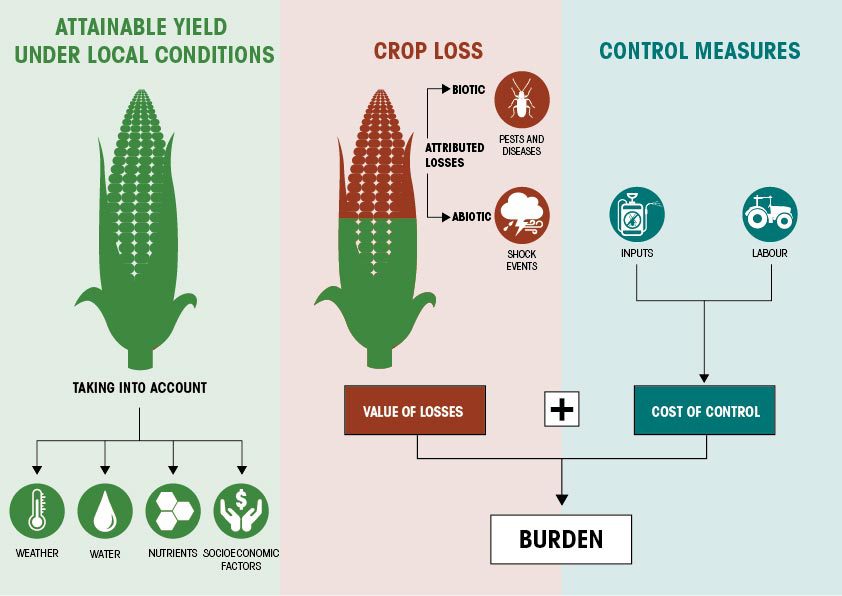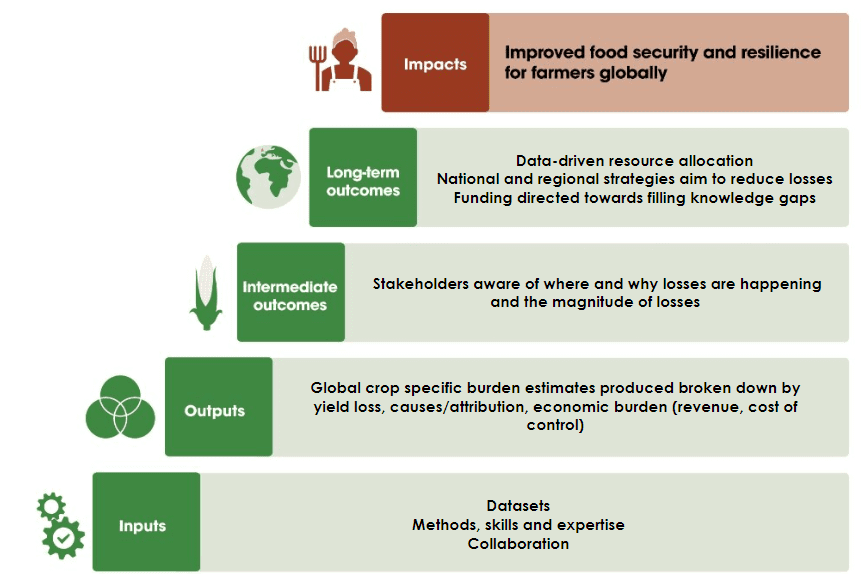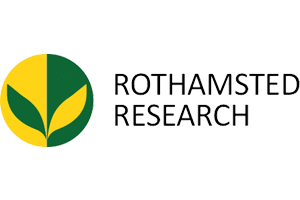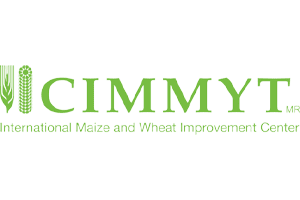Creating new methods to utilize global data
The Global Burden of Crop Loss is an ambitious programme to show the impact of crop losses across multiple crop species with challenging data gaps.
We collate, curate and analyze data from open data sources to create new globally comparable metrics. The scale and complexity of the initiative requires creative and multidisciplinary approaches between private and public institutions.
The Global Burden of Crop Loss is inspired by the Global Burden of Disease which transformed health policy and research over the last 25 years through better use of data. We aim to have a similar impact in agriculture.
Collaboration of global scientific experts
Calculating the burden of crop losses is an ambitious challenge that requires global solutions. We bring together scientists from around the world, representing different geographies, skillsets and expertise with a unique common goal - to collate worldwide data and develop methods to produce economic burden estimates for major global crops.
The researchers form a technical working group, meeting regularly to develop and apply methodologies that contribute to the overall mission.
The GBCL programme currently focuses on wheat, maize and rice and is conducting pilot work to establish best practice methodologies and approaches for cassava and banana.
If you have a passion for plant health and are interested in our work, email us at gbcl@cabi.org.
Quantifying the global burden of crop loss
The Global Burden of Crop Loss utilizes global data to answer important questions about plant health and improve food security worldwide, such as:
- Which crops are being lost?
- Where are they being lost?
- What is causing the losses?
GBCL estimates seek to quantify crop losses and their associated economic burden in specific farming systems and are context-specific and spatially explicit.
We define the burden of crop loss as the value of crops lost before harvest plus the cost of controls employed to mitigate losses.
The cost of losses and the cost of control/mitigation make up the overall “burden estimate” for a given crop and location.

Calculating the burden of crop loss. Credit: CABI Global Burden of Crop Loss
We define attainable yield as the yield achieved by a given crop given the local climate, water availability, expected nutrient inputs, and predominant local agronomical practices. For key crops we have collated and curated large datasets which enable us to model the attainable yield in context for a given location per year. We are using machine learning methodologies to produce robust estimates. View our Publications and updates to see our latest evidence.
Crop loss envelope
The crop loss envelope is calculated as the difference between the attainable yield in context, and the actual production as reported by FAO. These figures are calculated globally, at a country level.
Attribution of crop losses
Losses can be caused by both abiotic shock events such as wildfires and flooding, as well as biotic factors such as pests and diseases. We are working on collating data and developing methodologies to apportion losses to either abiotic or biotic on a global country level. For key case study countries, we are working on higher resolution information which will indicate the magnitude of losses caused by key pests, diseases and abiotic.
The economic burden of crop losses
The economic burden estimate will account for the value of crops lost and the cost of management measures employed on a farm to mitigate losses. The metric produced for each crop will allow for comparisons of burden to be made between crops and countries globally.
Theory of change
To demonstrate the steps involved in reducing crop loss, we use a theory of change. This shows that input from data such as crop distribution, mitigation measures and economic metrics can produce estimates of the burden and causes of crop losses and understand the trade-offs.
Using our insights, improved evidence-driven decision making and response planning in plant health will reduce and prevent crop losses, leading to more resilient agriculture, improving food security and livelihoods.

Global Burden of Crop Loss Theory of Change. Credit: CABI Global Burden of Crop Loss














